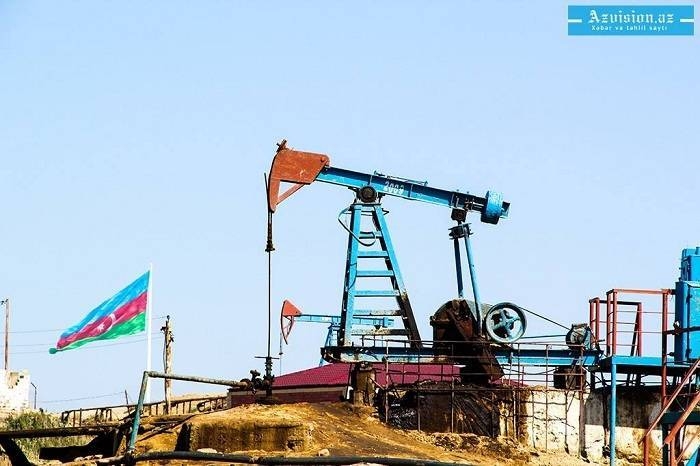Amid a tightening market, U.S. commercial crude oil inventories are at their lowest level since early 2015. And while output remains around the record of 11 million barrels per day (bpd), recent subdued U.S. drilling activity points towards a slowdown.
Commodity merchants Trafigura and Mercuria said on Monday that Brent could rise to $90 per barrel by Christmas and pass $100 in early 2019 as markets tighten once U.S. sanctions against Iran are implemented from November.
J.P. Morgan expects sanctions could lead to a loss of 1.5 million bpd, while Mercuria warned that as much as 2 million bpd could be knocked out of the market.
The Middle East dominated Organization of the Petroleum Exporting Countries (OPEC) as well as top producer Russia are discussing raising output to counter falling supply from Iran, although no decision has been made public yet.
“We expect that those OPEC countries with available spare capacity, led by Saudi Arabia, will increase output but not completely offset the drop in Iranian barrels,” said Edward Bell, commodity analyst at Emirates NBD bank.
J.P. Morgan said in its latest market outlook, published on Friday, that “a spike to $90 per barrel is likely” for oil prices in the coming months due to the Iran sanctions.
The bank said it expects Brent and WTI to average $85 and $76 per barrel, respectively, over the next six months.
Struggling with high feedstock crude prices and record lows for the rupee against the dollar, Indian refiners are preparing to cut back crude imports and instead use up commercial inventories.
The original article was published in livemint.com.
More about: oil















































